Nuances of feeding roses in summer
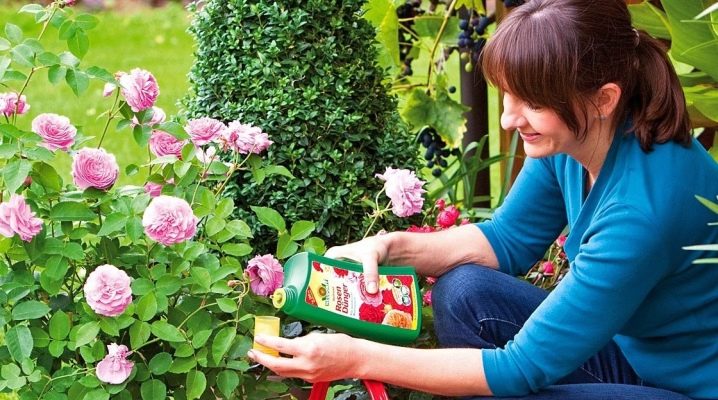
The rosary is out of fashion, it is always relevant. The rose is often called the queen of flowers, and no matter how diverse the botanical world is, the grace of this culture, its presentability and versatility are undeniable. But in order for roses to grow for joy, impress with flowering and yield, you need a lot of strength and a whole range of actions. And in this complex there will definitely be top dressing.
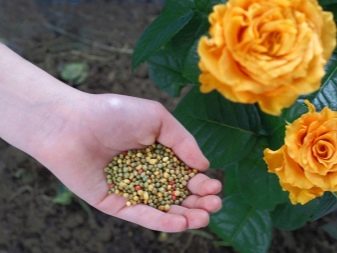
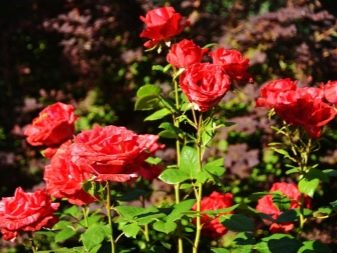
Fertilization methods
It is possible to stimulate abundant flowering in different ways, but growers agree that phosphorus is an element, perhaps the most important one in this. And the number of buds, the formation of new roots, etc. depend on it. But it is not very correct to reduce everything only to phosphorus, because there is not even one way of fertilizing.
Root
Most of the plants (including roses) are able to perceive the intake of nutrients through the root system. But it is also possible through the green part. So, root and foliar dressings have been developed.
There are only 3 root methods.
- Watering... Probably the most acceptable option, because mineral compounds dissolve well in water, they do not leave burns when they come into contact with foliage. A solution is prepared from 10-15 g of powder per 10 liters of water (but the instructions may have their own, non-universal dosage).
- Prikopka... In this method, fertilizers are applied directly to the soil. Holes of 10 cm are dug around the rose bush at a distance of equal distance. There can be 5–7 of them. These holes are moistened, filled with fertilizer - up to 15 g should go into each hole. Then they are added dropwise with the remains of garden soil, leveled. Abundant watering for this bush should be organized within a week.
- Mulching... It is suitable for those varieties of roses in which the root system does not deepen. In order to prevent injury to the roots, a 10 cm pillow, consisting of dry organic matter, is poured into the hole with the rose. It can contain peat, manure or humus. And this workpiece must be spilled with water, every day for a week.
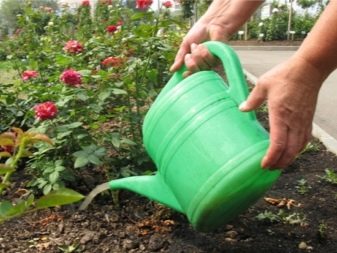
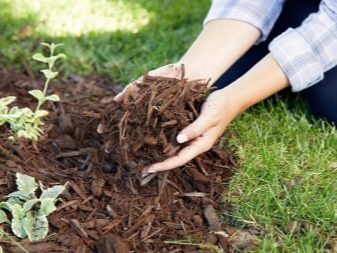
In the latter case, it must be taken into account that the mulch should not come into contact with the trunk.
Foliar
Such feeding involves the use of spraying. It is believed that rose bushes are able to absorb about 75% of the substances that settle on its outer part. This is a good indicator. But more importantly, this is a very fast way of delivering nutrients - they get into the leaves and buds immediately. At the same time, top dressing should be frequent - about 5-6 times per season (in the form of spraying, if applied).
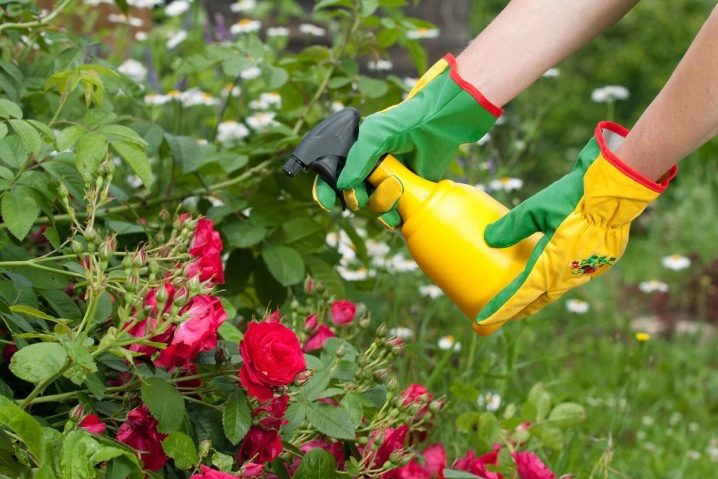
What and how to feed in different periods?
And here, too, there are two options: before flowering and after. And the quality of feeding, composition, features will vary.
Before flowering
Fertilize rose bushes correctly twice before flowering. The first groundbait will be considered stimulating and should be done in early spring. Thanks to her, the processes of sap flow are activated, the plant begins to develop. And in order for the rose to grow, it will need nitrogen compounds. Nitrogen is found in ammonia, amide and nitrate preparations, in any (almost) organic matter. 10 liters of solution are needed per square meter of the well, 15 g of a mineral preparation can be taken, if organic matter is 0.5 kg.
As soon as the starting flower ovaries appear, the rose must be treated with potassium nitrate or any preparations with it in the composition. This can be potassium salt, potassium chloride, or potassium sulfate.In order for the buds to develop correctly, so that they smell fragrant, a complex composition is required - a potassium-phosphorus mixture (3 parts of potassium and 10 parts of phosphorus). Fertilizer is applied to the soil, 1 time. This is done in the evening or on a sunny day.
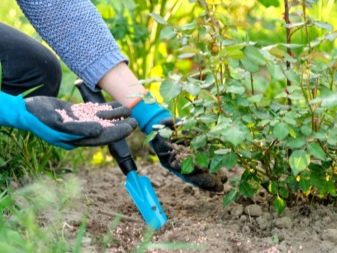
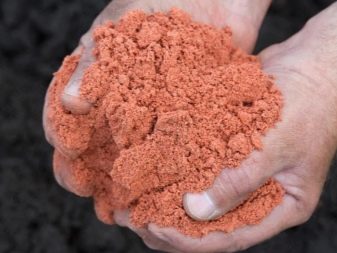
Before applying top dressing, the peri-stem circle is spilled with water. By the way, you can approach the issue of feeding in bulk, apply a combined method, that is, alternate mineral compositions and organic matter. At the end of May, 4 liters of mullein infusion is poured under the bush, and after 14 days there will be the first summer feeding in the amount of 15 g per square of ammonium nitrate, 30 g per square of superphosphate and 15 g per square of potassium sulfate.
And so that roses bloom longer a week before flowering, greens are sprayed with copper sulfate (this operation can be repeated in the fall).
It serves not only as a top dressing, but also as protection of the crown from various diseases. 20 g of copper sulfate + 10 liters of water and a little hozmyla for stickiness - this is the recipe.
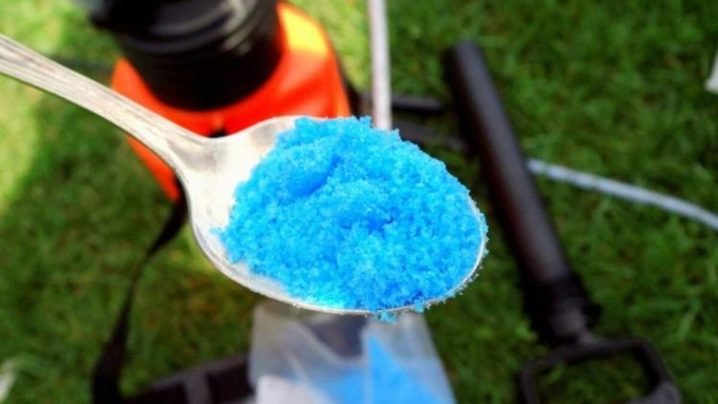
After flowering
Roses end up fragrant in August, or even in September. And for digging at this time, it is appropriate to apply rotted manure in an amount of 3 kg, add superphosphate 40 g per square meter, 15–20 g per square meter of potassium salt. To restore the strength of the shrub, it should be fed with a compost-yeast composition. Yeast is considered an excellent universal component that is combined not only with mineral mixtures, but also with organic matter. They are used when the seedlings grow poorly, when it is necessary to restore the energy reserves of the shrub. The product is applied to the soil as a powder, but an active solution can also be used.
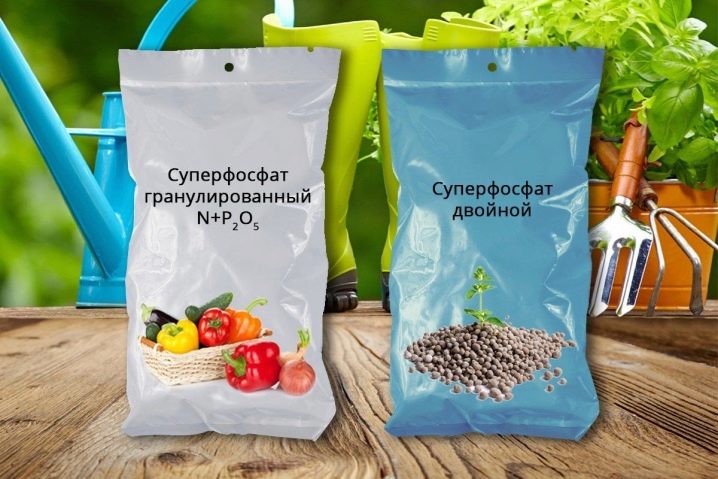
How best to cook it:
- take a two-hundred-liter barrel;
- add a lot of weeds;
- take a whole bag of fertilizer like "Fitosphorin" or "Fertika";
- add 200 g of dry yeast.
How to do this is easier: even in the process of ordinary weeding, do not throw the weed away, but send it to the barrel. As a result, it must be filled to the brim, after which it must be spilled with water. And all this has been insisted for about half a month or a little more. Fertilizer from a bag, yeast are poured into the resulting composition, everything is mixed well. Then half a bucket of wood ash is poured there, and everything is stirred very well until smooth. Before watering, a liter of fertilizer is diluted in 10 liters of water.
It is after the end of flowering that such a composition will invigorate the bush, which is what is needed to calmly survive the winter without loss.

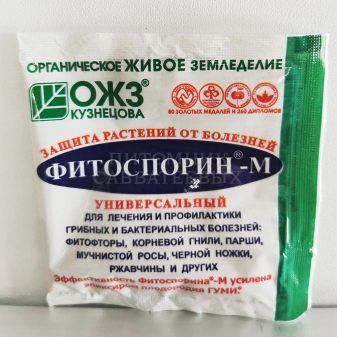
Can you fertilize during flowering?
Yes, you can carry out the basal one or two times, but it is allowed to feed the plant three times on the leaf. Phosphorus-potassium preparations will be most appropriate during this period. You can also alternate them with complex fertilizer. For example, in July, you can add 40 g of superphosphate (per square meter), 20 g of potassium salt (also per square) and 100 g of compost.
If the middle of summer is very hot, the rains are pouring and pouring, roses should calmly go through this stressful period. That is, the florist must help them in this so that the flowering is abundant, nothing threatens him. Potassium humate is perfect for these purposes, "Cicron" and "Epin" (according to the instructions) too.
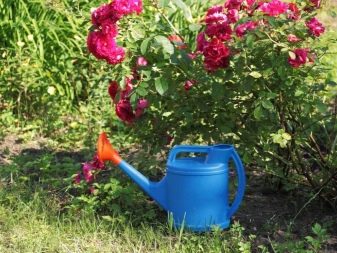
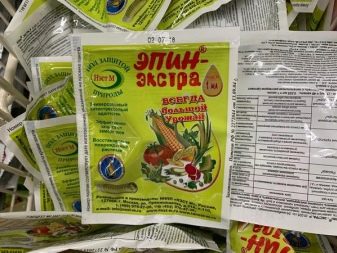
Common mistakes
In fact, flower growers are often mistaken, especially inexperienced ones. For example, they decide that the application of dung fertilizers stimulates the growth of the flower. The bush will really start to grow greens, but bud formation will be deprived.
Garden roses need phosphorus, it guarantees lush flowering, and there is very little of it in manure, chicken droppings. Excess nitrogen, among other things, will reduce the frost resistance of plants.
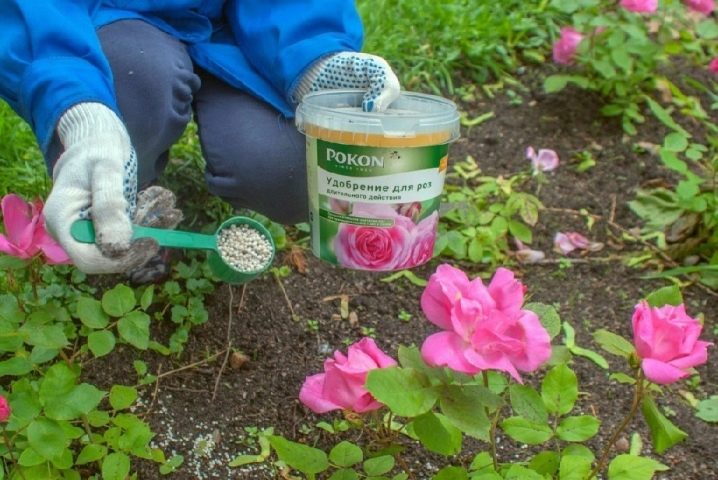
Let's list some more errors.
- Introducing mullein out of season. Mullein (rotted manure) can still be useful for roses, for example, if you need to increase the green mass or if the foliage has turned yellow due to nitrogen starvation. But it still needs to be brought in on time: in spring or early June, that is, before flowering.In July, it is also sometimes added, but at a minimum, to maintain humus under the bush. Usually, the method of feeding with infusion under the root is chosen.
- Refusal from mulching. This is a non-essential method of caring for a rose, but very important. And with regard to fertilization, too. A peat layer of 7–8 cm will be optimal. It improves the soil structure, protects against overheating, as well as excessive dryness of the soil, and it will also become a source of humus formation. Also, once a season, potassium magnesium will help the plant, it can be watered on the soil.
- Refusal of autumn feeding. For some reason, many newcomers to gardening in the second half of the season forget about the need for feeding. But this is necessary. Since the end of August, the vegetative functions of the shrub have already been inhibited, but the laying of flower buds for the next season is very active. And in the fall, fertilizers need to be applied, but only according to the root type. The end of August, the first days of September is the optimal time for this.
- Wrong composition for rhizome saturation. For the root, potassium-phosphorus compositions are important, for example: 15 g of potassium monophosphate + 15 g of superphosphate, everything is diluted in 10 liters of water. You can also make a solution with boric acid: 10 g of potassium sulfate, 25 g of superphosphate and 2.5 g of boric acid itself - dissolve everything in 10 liters of water.
- The choice of products is not for roses. Don't look for multiple universal remedies for all colors. This is still a controversial decision, especially if there are special feeding, proven and reliable. For example, Gloria, Fertika, Florovit, Pocon, Bona Forte, Azotovit.
- Planting cuttings in the ground without feeding. And this happens often, which is very risky. Cuttings will need yeast feeding. They themselves need to be soaked in a yeast solution - and only then planted. This is about climbing roses, and about spray roses. Yeast is optimal for the growing season, although the risk of overfeeding remains. In order not to overfeed, yeast is used only when transplanting and a couple of times in the summer.
- Refusal of selective feeding... You need to decide what to feed first. For example, it can be ramblers or roses that release flowers once. If the rose blooms in June and that's it, it must be fed first. Those shoots that grow in her over the summer will bloom only the next year, therefore they must be preserved, which is helped by fertilizers (more often, potassium-phosphorus fertilizers). Bushes of continuous flowering are fed last.
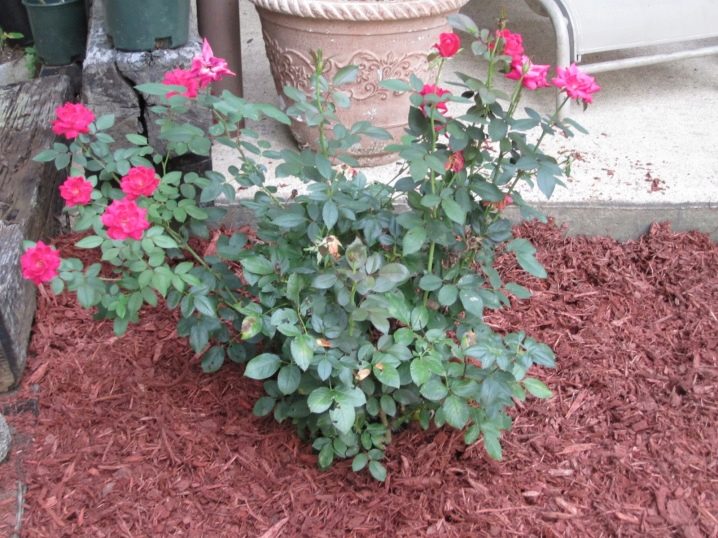
By the way, finishing the season correctly is also important. There is a well-known agricultural practice, which is expressed in the refusal to cut flowers that have already faded. The petals can simply be cut off, but if you cut off the entire inflorescence, the rose will thereby be stimulated to release new shoots (which is bad).

































































































The comment was sent successfully.